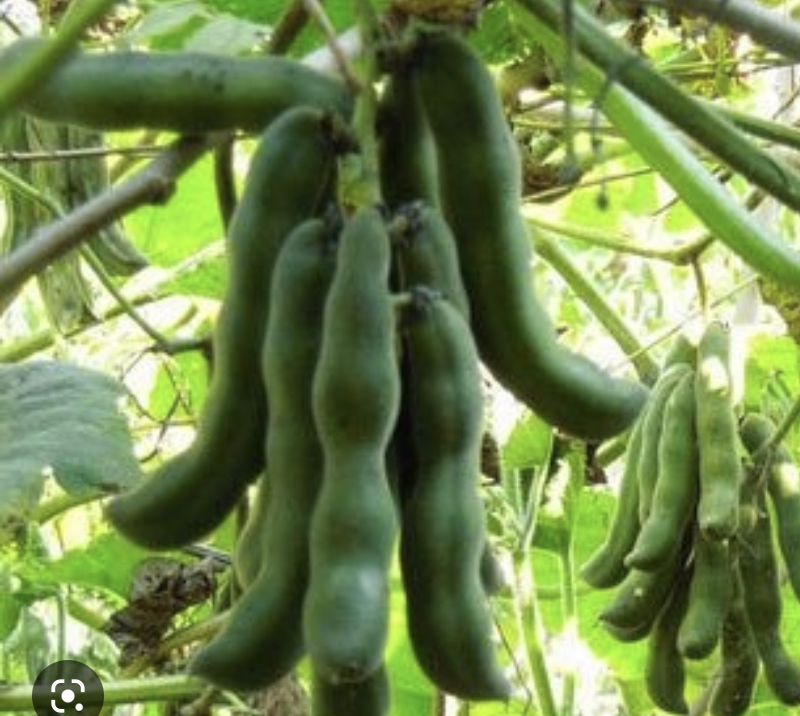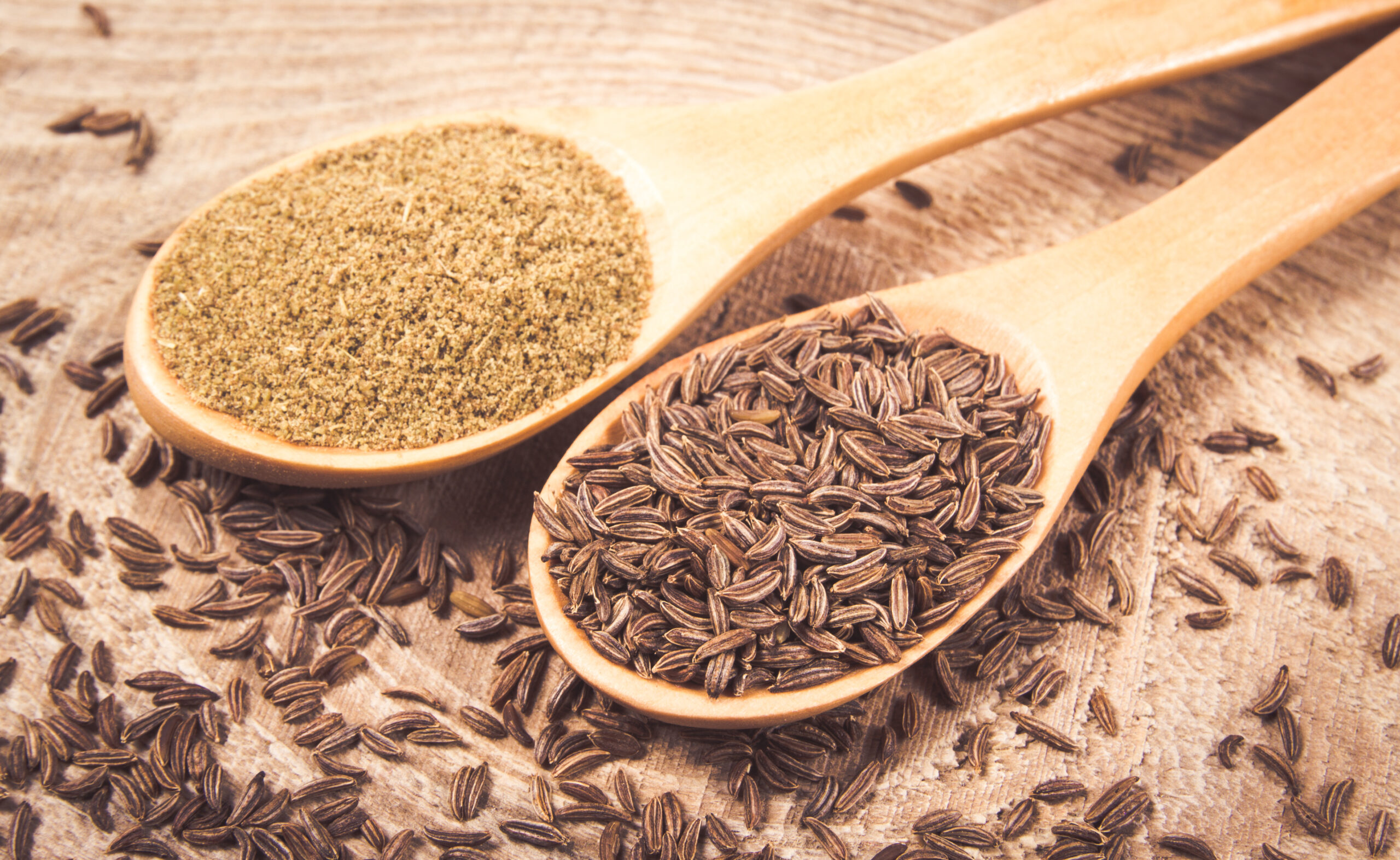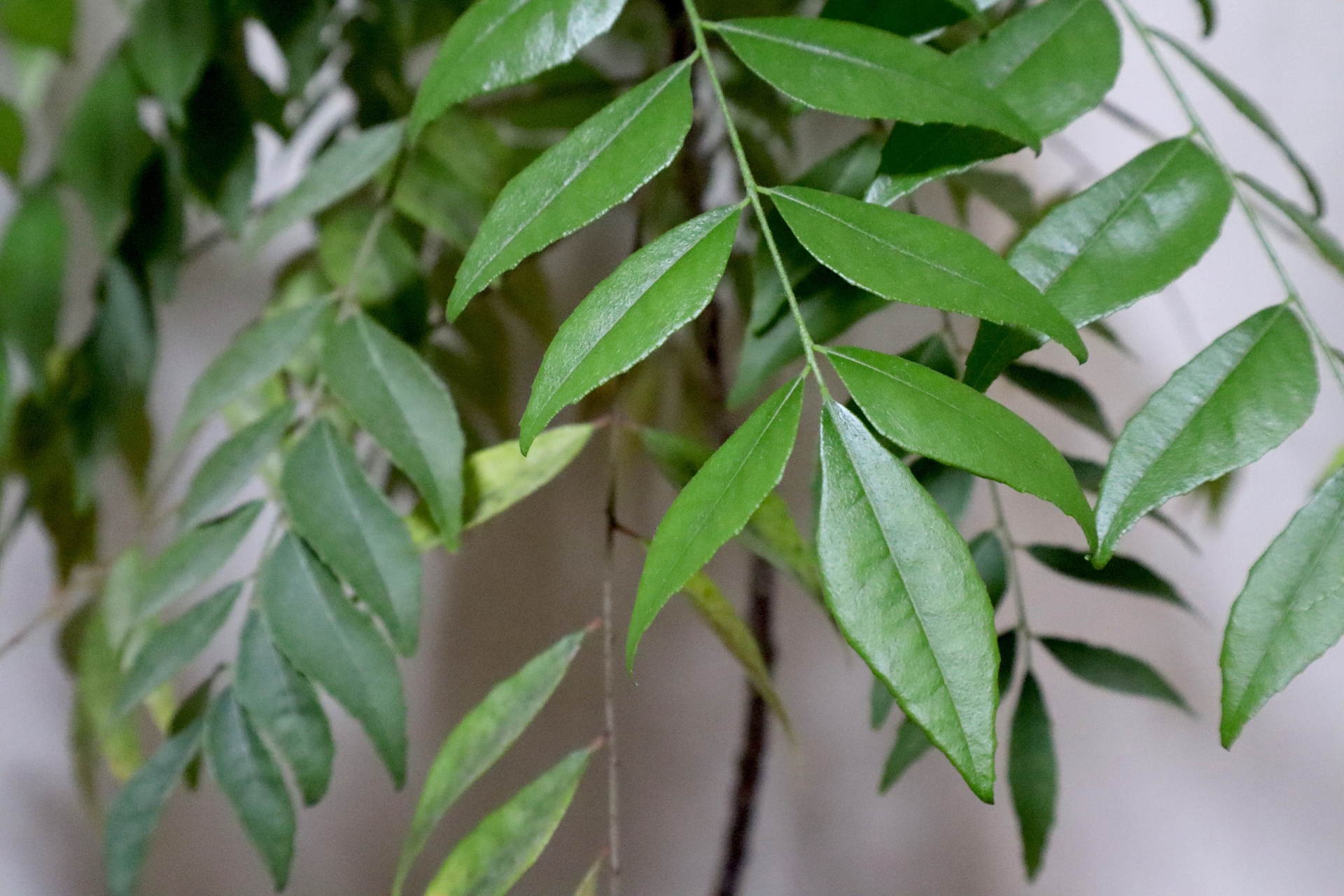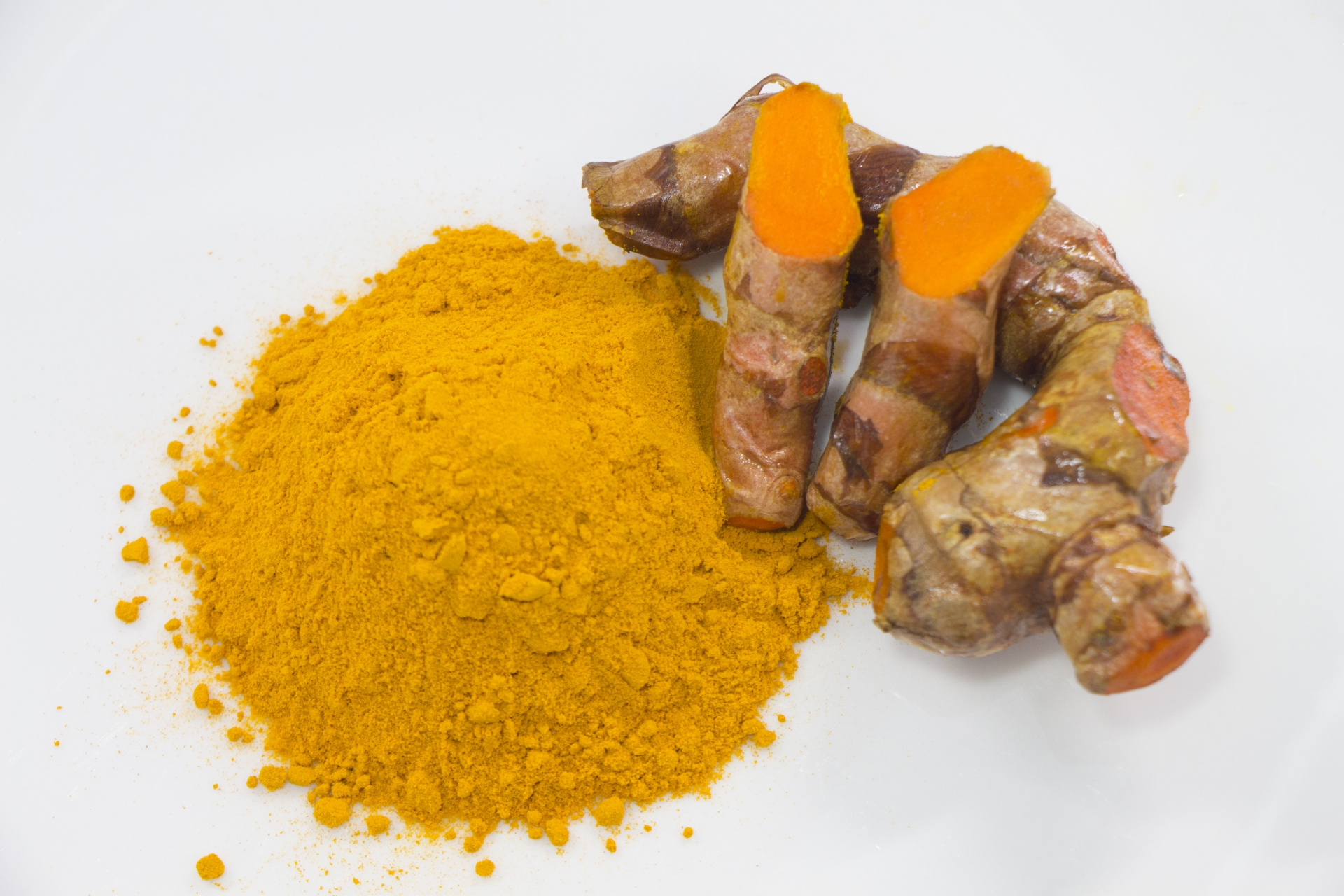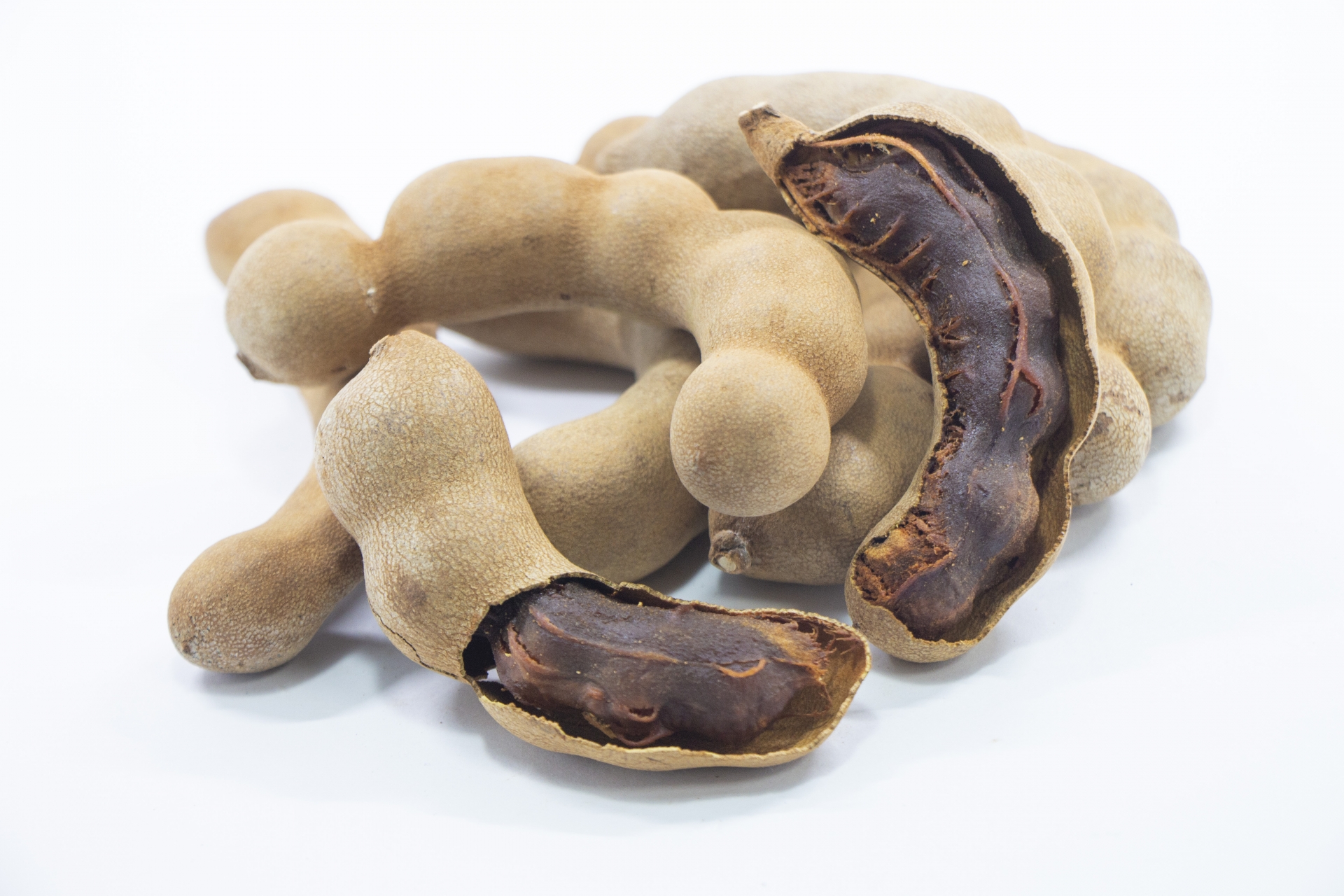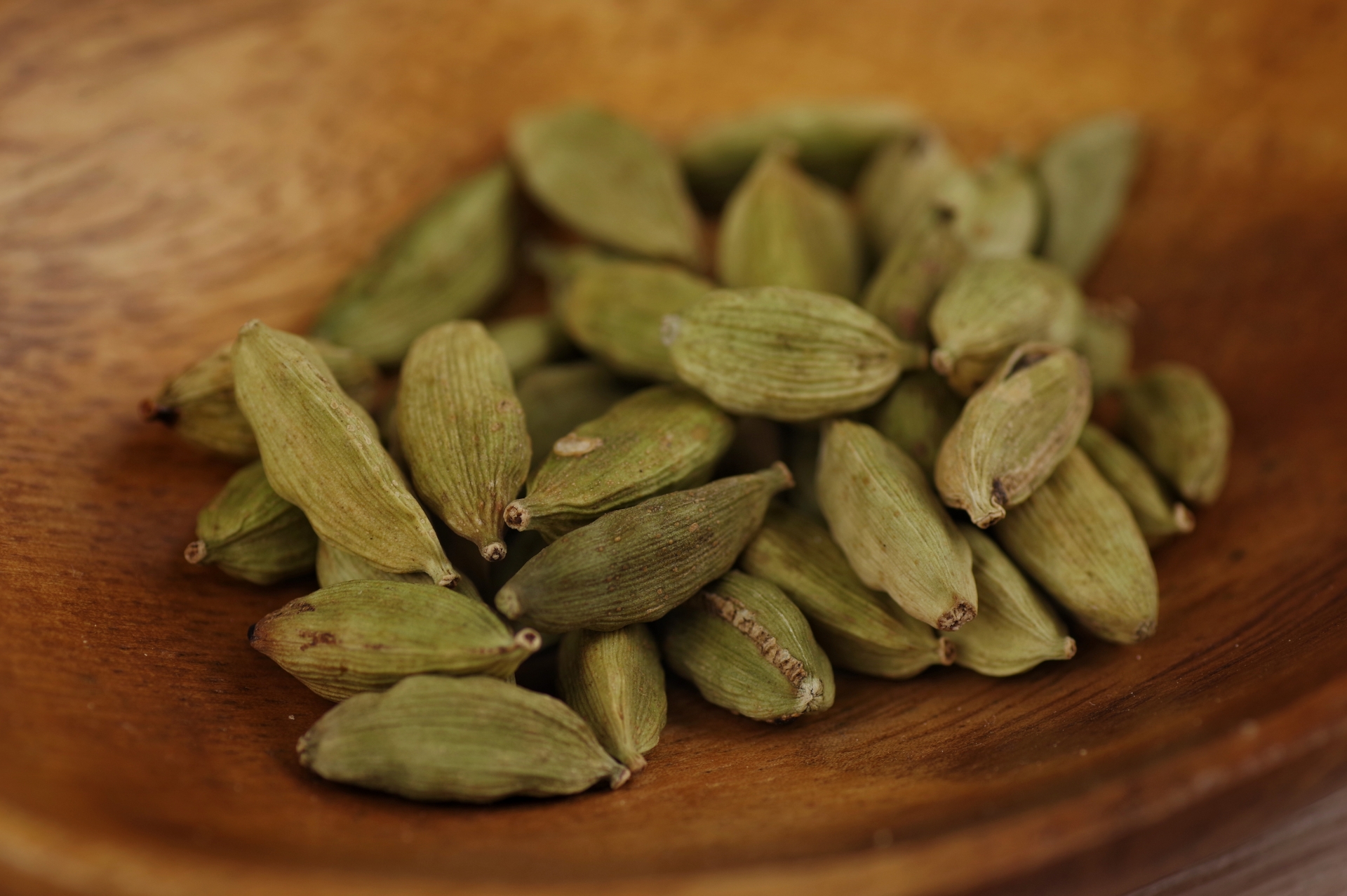目次
アーユルヴェーダにおける健康的な食事のとり方
食は健康な生活に欠かせない要素です。自分の好きなように食べた場合、体が必要とする栄養がきちんと取れているとは限りません。不用意に食べたり、調理をしないように気をつける必要があります。また、食品を選ぶ際には、一日に必要な栄養を考慮するべきです。
アーユルヴェーダでは、食事は人間の生活を支える3本の柱のうちの1本とされています。そして、アーユルヴェーダでは、食事に含まれる栄養について、現代の栄養学とは異なるユニークな方法で説明しています。そのため、栄養価の高い食べ物の成分について理解し、日々の食事に取り入れることができるようお話していきます。
アーユルヴェーダの栄養とは
アーユルヴェーダの古典にあるように、食べ物の栄養は、その味によって説明することができます。アーユルヴェーダでは、6つの味があり、それは現代の科学で説明されているすべての滋養要素に似ています。そして、食事はこれら6つの味覚で構成されるべきとされています。
味は、サンスクリット語で "Rasa(ラサ)"といいます。ラサは舌で感じることのできる性質で、味覚器官に触れた瞬間に感じるものです。また、アーユルヴェーダでは、アップマハブータ(水の要素)の特別な性質として説明されています。
アーユルヴェーダにおける6つの味
1. マドゥーラ・ラサ(甘味)2. アムラ・ラサ(酸味)
3. ラヴァナ・ラサ(塩味)
4. カトゥ・ラサ(辛味)
5. ティクタ・ラサ(苦味)
6. カシャーヤ・ラサ(渋味)
マドゥーラ・ラサ
マドゥーラ・ラサは甘味を表します。それは、私たちにとって非常に重要です。体液、血液、筋肉、脂肪、体内のオージャスを養い、すべての感覚器官を鎮静します。肉体的、精神的な強さを高め、寿命を延ばすのに役立ちます。この味は、カパ・ドーシャを増加させ、ピッタ・ドーシャとヴァータ・ドーシャのバランスをとります。
マドゥーラ・ラサを持つ食品
バター、ギー、クリームなどの乳および乳製品、小麦、米、トウモロコシ、大麦などのほとんどの穀物、豆、黒グラム、緑グラム、レンズ豆などの多くの豆類。バナナ、イチジク、デーツ、メロン、マンゴーなどの甘い果物、ニンジン、さつまいも、ビートなどの特定の調理した野菜。ココナッツ、パンプキンシード、アーモンド、カシューナッツなどのナッツ類
アムラ・ラサ
アムラ・ラサは酸味を表します。消化を促し、血行や排泄を助け、体に活力を与え、熱意を向上させる作用があります。感覚器官を強化することで、心臓を強くし、心を喜ばせます。カパとピッタのドーシャを増加し、ヴァータ・ドーシャを鎮静させる味覚です。
アムラ・ラサを持つ食品
レモン、グレープフルーツなどの柑橘類、未熟なレーズン、タマリンド、ライムなど。ヨーグルト、チーズ、サワークリームなどの酸っぱい乳製品。ブロッコリー、トウガラシ、ピーマン、トマト、さやいんげんなどの野菜。発酵パン、酢、ピクルス、しょうゆなどの発酵食品
ラヴァナ・ラサ
ラヴァナ・ラサは塩味のことで、消化を助ける作用があります。保水性があるため、組織を潤滑にし、粘膜を潤します。食べ物の風味を良くします。ミネラルバランスを維持し、老廃物の排泄を助けます。神経を落ち着かせる作用もあります。ラヴァナ・ラサはカパとピッタのドーシャを増やし、ヴァータ・ドーシャを鎮静します。
ラヴァナ・ラサを持つ食品
海塩、岩塩などあらゆる塩。海藻類、昆布
カトゥ・ラサ
カトゥ・ラサは、辛味を表します。この味は、消化や代謝を促進し、デトックス効果もあります。副鼻腔をきれいにします。発汗と血液循環を促進します。感覚器官を鋭敏にします。ピッタとヴァータのドーシャを増やし、カパ・ドーシャを鎮静します。
カトゥ・ラサを持つ食品
ネギ、大根、唐辛子、ニンニク、タマネギなどの野菜。ソバ、スペルト小麦などの穀物。黒胡椒、生姜、カルダモン、フェヌグリーク、クローブ、カイエンペッパー、マスタードシードなどの香辛料
ティクタ・ラサ
ティクタ・ラサは苦味を表します。強力な解毒作用があり、血液の浄化作用に優れています。抗菌、抗寄生虫、防腐作用を有します。食欲を増進させ、体重減少、浮腫み、発疹、発熱や灼熱感、吐き気を軽減する効果があります。ティクタ・ラサはヴァータ・ドーシャを増加させ、カパとピッタのドーシャのバランスをとります。
ティクタ・ラサを持つ食品
ほうれん草、キャベツなどの緑の葉野菜、ズッキーニ、ナス、ゴーヤ、オリーブなど。ターメリック、フェヌグリーク、タンポポの根などのハーブやスパイス。コーヒーやカカオを含む食品、紅茶
カシャヤ・ラサ
カシャヤ・ラサは、渋味を表します。体を落ち着かせ、冷やし、吸収し、癒す効果があります。水分が失われるため、摂りすぎると便秘になることもあります。ヴァータ・ドーシャを増やし、カパとピッタのドーシャのバランスをとります。
カシャヤ・ラサを持つ食品
ブロッコリー、アルファルファ、ニンジン、カリフラワー、アスパラガス、カブなどの野菜。クランベリー、ザクロ、梨、ドライフルーツなどの果物。豆類、レンズ豆などの豆類 ライ麦、そばなどの穀物類。ターメリックなどのスパイスやハーブ
英国アーユルヴェーダカレッジでは、サットヴァを高めるための様々な実践法を学ぶことによって、健康維持や病気の予防をするための知識を深めていきます。また、スリランカ人のアーユルヴェーダドクターから正真正銘のアーユルヴェーダの智慧を学べる日本で有数の学校です。アーユルヴェーダの学びを深めたい方、将来セラピストとして活躍したい方、健康管理のために日々の生活に取り入れたい方は、是非お気軽に無料説明会や体質診断セミナーにご参加ください。ご相談お待ちしております。
ライタープロフィール
 アーユルヴェーダ医師ディネッシュ先生 / Dr. Dinesh Edirisinghe
アーユルヴェーダ医師ディネッシュ先生 / Dr. Dinesh Edirisinghe
スリランカ国立コロンボ大学アーユルヴェーダ・メディスン&サージェリー卒業
脈診と額に手を当てることにより、クライアントの体質はもちろん、現在の病気や体調、過去の病歴までを読み取とることから「ドクターCTスキャン」として有名。特にデンマーク、ドイツ、日本での経験が豊富で、スリランカのジェット・ウィング・グループで、アーユルヴェーダの責任者として、スリランカの本格的なアーユルヴェーダをスリランカ国外に広めるための新しいコンセプトを構築。
 アーユルヴェーダ医師
アーユルヴェーダ医師
ディネッシュカ先生 / Dr. Dinushka Dissanayake
スリランカ国立コロンボ大学アーユルヴェーダ・メディスン&サージェリー卒業
ディネッシュ先生の最愛の奥様であり、婦人科とメンタルヘルスの専門家。
※「ドクターCTスキャン」の異名をもつ有名なディネッシュ先生と奥様のディネッシュカ先生についてさらに詳しいプロフィールはこちらをクリック。
ENGLISH
Taking a Healthy Diet According to Ayurveda
Food is an essential element of a healthy life. So, eat according to our own wish, not always gives right amount of nutrition that our body required. Therefore, we cannot carelessly prepare or eat our food. At the time of selecting the food, we should be concerned about our daily requirement of nutrition.
According to Ayurveda readings food is one of the three pillars of a human life. Hence, it well described about the ingredients in a nourishes food that one’s can understand easily and add them to daily diet. Because Ayurveda explained about nutrition include in a meal in a different and interesting manner.
As per the Ayurveda illustrations nutrition of food, we can be described according to its tastes. There are six tastes mentioned in Ayurveda which resemble for all nourishing elements which explained in modern science. According to that balance meal should be consists with these six tastes.
The word taste is explained by the word “Rasa” in Sanskrit language. Rasa is a quality which can be perceived by the tongue. It occurs immediately after exposure to taste organ. Also, Ayurveda has explained it as a special property of Ap Mahabhuta (Great element of Water).
Six tastes in Ayurveda
1. Madhura Rasa – Sweet taste2. Amla Rasa – Sour taste
3. Lavana Rasa – Salty taste
4. Katu Rasa – Pungent taste
5. Tikta Rasa – Bitter taste
6. Kashaya Rasa – Astringent taste
Madhura Rasa
Madhura Rasa represents the sweet taste, and it concerns as a wholesome taste. It nourishes body fluids, blood, muscles, fat and Ojas in the body. Also, it soothes all sense organs. It helps to enhance physical and mental strength and improves life expectancy. This taste aggravates the Kapha Dosha and balances the Pitta and Vata Dosha.,
Madhura Rasa Foods; milk and milk products such as butter, ghee, and cream, most grains especially wheat, rice, corn, and barley, many legumes like beans, black gram, green gram, and lentils sweet fruits such as bananas, fig, date, melon and mangos, certain cooked vegetables such as carrots, sweet potatoes, and beets. Nuts like coconut, pumpkin seed, almond, cashew.
Amla Rasa
This represents the sour taste. It stimulates digestion and helps circulation and elimination. Sour taste energizes the body and improves enthusiasm. It strengthens the heart and pleases the mind by strengthening the sense organs. This taste aggravates the Kapha and Pitta Dosha and balances the Vata Dosha.
Amla Rasa Foods; Citrus fruits such as lemon, grapefruit, unripe raisin, tamarind, and limes. Sour milk products like yogurt, cheese, and sour cream. Vegetables such as broccoli, Capsicum, Bell pepper and tomato, Snow Peas. Fermented substances like fermented bread, vinegar, pickles, and soy sauce.
Lavana Rasa
This is the salty taste and basically it aids in digestion. It consists with water retaining quality. Therefore, it lubricates tissues and liquefies mucous membranes. It improves the flavour of food. Maintains mineral balance and aids in the elimination of wastes. It calms the nerves. Lavana rasa aggravates the Kapha and Pitta Dosha and balances the Vata Dosha.
Lavana Rasa Foods; any salt such as sea salt and rock salt. Seaweed and kelp
Katu Rasa
Katu rasa represents the pungent taste. This taste also improves the digestion and the metabolism. It has a detoxification effect. It cleanses the sinuses. Promotes sweating and blood circulation. Sharpens the sense organs. It aggravates Pitta and Vata Dosha. It balances the Kapha Dosha.
Katu Rasa Foods; vegetables such as Leeks, green radish, chili peppers, garlic, and onions. Grains like buckwheat, spelt. Spices like black pepper, ginger, Cardamom, fenu greek, clove, and cayenne. Mustard seeds.
Tikta Rasa
Tikta represents bitter taste. This is a powerful detoxifying agent. It is a good blood purifier. Consists with antibiotic, anti-parasitic, and antiseptic qualities. It stimulates the appetite and helps in reducing weight, water retention, skin rashes, fever, burning sensations and nausea. Tikta rasa aggravates the Vata Dosha and balances the Kapha and Pitta dosha.
Tikta Rasa Foods; green leafy vegetables such as spinach, and green cabbage, zucchini and eggplant, bitter gourd. Herbs and spices like turmeric, fenugreek, dandelion root. Fruits olives, dandelion, bitter melon. Coffee and cocoa containing foods, tea
Kashaya Rasa
Kashaya Rasa is the Astringent taste. It has calming, cooling, absorbing, and healing effect on the body. It dries up the moisture and causes for constipation. This taste aggravates the Vata dosha and balances the Kapha and Pitta dosha.
Kashaya Rasa Foods; vegetables such as, broccoli, alfalfa, carrot, cauliflower, asparagus, and turnip. Fruits including cranberries, pomegranates, pears, and dried fruit. Legumes such as beans and lentils. Grains such as rye, buckwheat. Spices and herbs including turmeric.





